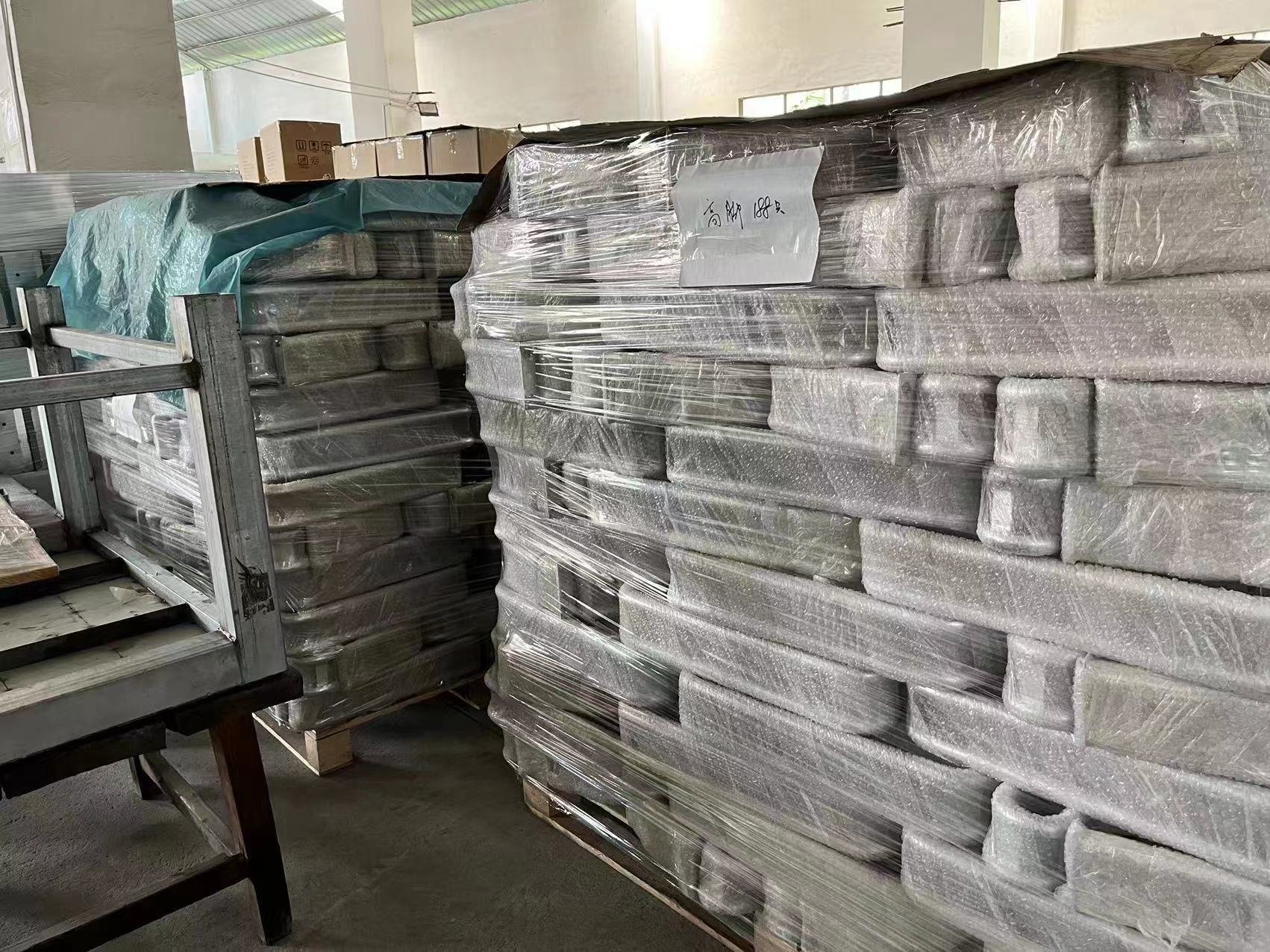pressure relief valve for air receiver tank
Pressure Relief Valve for Air Receiver Tank Ensuring Safety and Efficiency
Pressure relief valves (PRVs) are critical components in industrial systems that utilize compressed air. Particularly in air receiver tanks, these valves serve as a vital safeguard against overpressure, ensuring both safety and operational efficiency. This article explores the importance of pressure relief valves, their working principles, and best practices for selection and maintenance.
Understanding Air Receiver Tanks
An air receiver tank is used to store compressed air generated by air compressors. This storage not only helps in managing demand fluctuations but also enhances the efficiency of the air system. However, the processes involved in compressing air can lead to dangerous build-up of pressure within the tank. Hence, it is essential to have a reliable pressure relief valve.
The Role of Pressure Relief Valves
A pressure relief valve is designed to automatically release pressure from the air receiver tank when it exceeds a predetermined limit. This prevents potential ruptures, which can result in catastrophic failures, damaging equipment and posing serious risks to personnel. The PRV essentially serves as a safety net, helping to maintain operational integrity within the system.
Working Principle
The working principle of a pressure relief valve is straightforward. When the pressure inside the tank reaches a specific threshold, the valve opens, allowing excess air to escape. The valve will remain open until the pressure drops back to a safe level, at which point it closes automatically. This process is rapid and usually designed to happen without any manual intervention, ensuring constant monitoring and control of the pressure levels.
Factors in Selecting a Pressure Relief Valve
pressure relief valve for air receiver tank

Choosing an appropriate pressure relief valve for your air receiver tank involves several considerations
1. Pressure Rating The valve must be rated for the maximum pressure of the air receiver tank. It is crucial to ensure that it can handle the system's demands without being prone to failure.
2. Size and Flow Capacity The size of the valve should match the receiver tank’s size and the expected flow capacity during pressure relief events. An undersized valve may not release pressure fast enough, leading to system failure.
3. Material Compatibility The materials used in the valve construction must be compatible with the operating conditions, including temperature and the presence of any corrosive substances in the compressed air.
4. Regulatory Compliance Ensure that the selected valve complies with local and international safety standards. This is essential for maintaining regulatory compliance and ensuring the safety of operations.
Maintenance Considerations
Regular maintenance of pressure relief valves is crucial to ensure reliable operation. This includes periodic testing of the valve to confirm that it opens at the prescribed set point. Regular inspections can help identify signs of wear or damage, allowing for repairs or replacements before a failure occurs.
Conclusion
The pressure relief valve is a fundamental safety component in air receiver tanks. Proper selection and regular maintenance of these valves are essential to ensure safe and effective operation of compressed air systems. By prioritizing safety through the incorporation of high-quality pressure relief valves, industries can mitigate risks, protect equipment, and maintain efficiency in their operations.
-
The Smarter Choice for Pedestrian AreasNewsJun.30,2025
-
The Gold Standard in Round Drain CoversNewsJun.30,2025
-
The Gold Standard in Manhole Cover SystemsNewsJun.30,2025
-
Superior Drainage Solutions with Premium Gully GratesNewsJun.30,2025
-
Superior Drainage Solutions for Global InfrastructureNewsJun.30,2025
-
Square Manhole Solutions for Modern InfrastructureNewsJun.30,2025
-
Premium Manhole Covers for Modern InfrastructureNewsJun.30,2025
